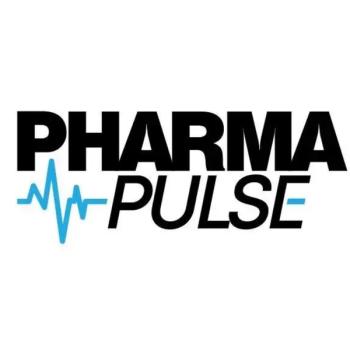
Protecting the Pharma Supply Chain
How the links of the supply chain are fighting to preserve quality service, even against factors that may be out of their hands.
Many would agree that the pharmaceutical supply chain is a complex one, and having these links successfully function in unison is difficult enough as it is. However, there are always behind-the-scenes obstacles—those that present constant constraints in being able to complete everyday processes.
For one, there is the issue of transporting, handling, and storing temperature-controlled pharmaceutical products. According to a Pharma Commerce article penned by Joel Wayment and Jason Cook of
Wayment and Cook offer several solutions to handle these sensitive pharmaceuticals including:
- Rethinking the packaging
- Finding real-time visibility
- Becoming more sustainable
- Building the space
- Training the workforce
But let us also not forget the pandemic—which although declared over, is still omnipresent—and weather pattern changes.
I had the opportunity to check in on the matter, not once but twice in a span of eight months—first with
Beginning with the former, Wayment, Cardinal’s VP of operations, expressed to me the importance being familiar with your customer base. “As to how pharma companies can better prepare, know your customer. Know how much inventory they have, what’s critical to send, what to take risks on,” he says. “The more knowledge you about your customer, their inventory levels and capabilities, the better place you will be in to pivot and adjust when a disruption happens. By knowing your customers and their inventory levels, in extreme situations, there are options to work with neighboring customers to transfer inventory to meet a critical patient need.”
And concerning the latter, the drug wholesaler’s director of operations expounded on several of Wayment’s points, while also further uncovering:
- The importance of having a comprehensive contingency plan, especially before weather-related disruptions begin
- What needs to be done by pharma companies post-disaster in order to not only create a stronger strategy for next time, but to also have customers feel seen and included throughout that process
- Advice for effectively communicating with customers
- How technology plays a role in helping to predict or better prepare for these storms and disasters
Being that acts of Mother Nature are ongoing, be sure to check with Pharma Commerce for any new developments.
Newsletter
Stay ahead in the life sciences industry with Pharmaceutical Commerce, the latest news, trends, and strategies in drug distribution, commercialization, and market access.




